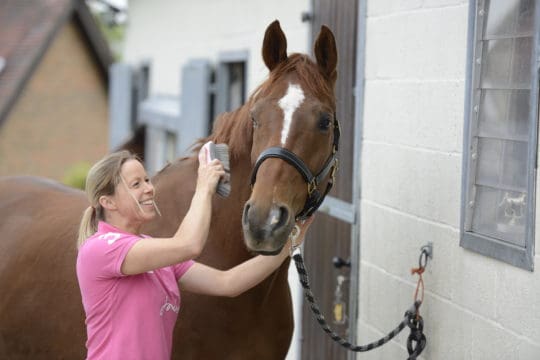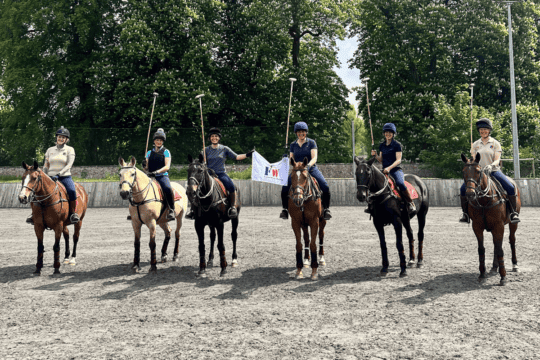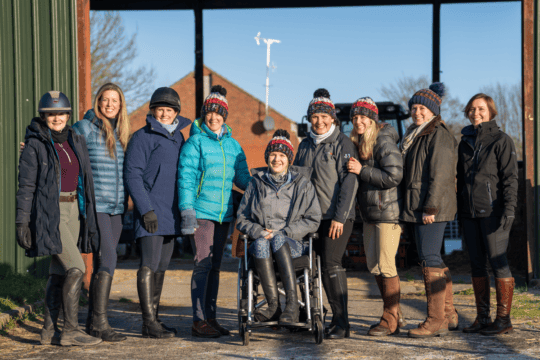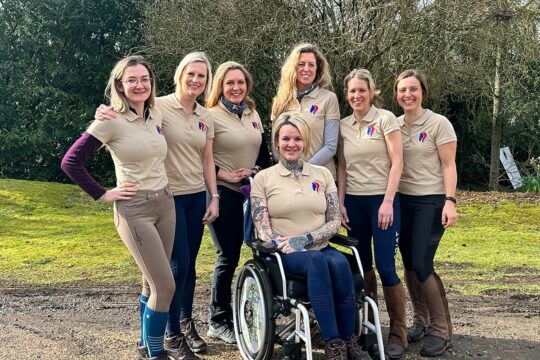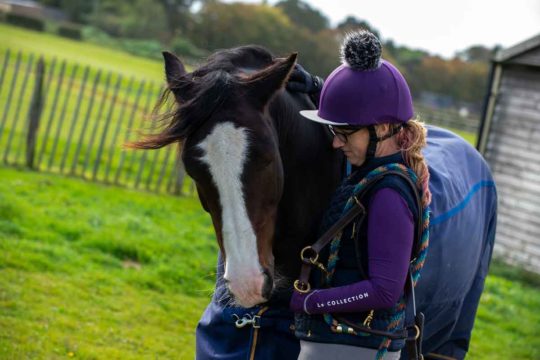
Most Read Articles
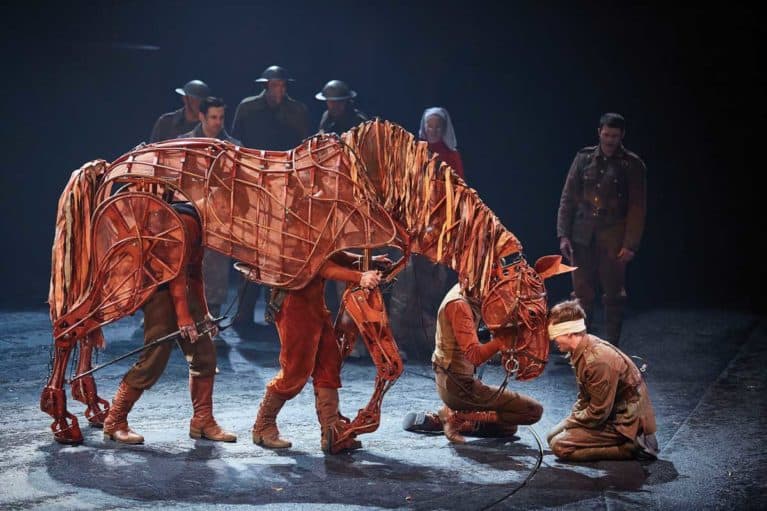
Georgia Guerin went to the New London Theatre to see War Horse, then popped backstage to speak to puppeteer Sam Wilmott and find out exactly how it all worked…
War Horse has won legions of fans with its emotional portrayal of the First World War, first on stage and then on screen. I went backstage at the West End show to speak to Sam Wilmott, the production’s longest-serving puppeteer, who currently controls the hind end of Topthorn.
The main structure of the puppets is aluminium and cane that has been soaked in water and then moulded into shape. Joey and Topthorn weigh 54 and 64kg respectively. Depending on the weight of the rider, we may be carrying up to 150kg.
Each puppet is controlled by three puppeteers – the head, the heart and the hind end. The heart and hind end are positioned underneath the main body, and carry the weight of the puppet, which is attached to a backpack, leaving our hands free to control the indicators. Another puppeteer controls the head with a pole. We each have two indicators – emotional and technical. The head’s technical indicator is the directional focus of the horse’s head and the emotional is his ears, which tune into everything that is going on around him, just as a real horse would. The heart and hind end’s technical indicators are the legs and their change of gait. The heart’s emotional indicator is the breathing, which changes to reflect the horse’s state. I control Topthorn’s hind end and I use the tail as his emotional indicator by using a bicycle brake in each hand, one for vertical movement and one for horizontal movement.
We often have a limited view of each other, but we communicate through our breathing. If one of us changes the way we’re breathing, the others know that they are changing their emotional and technical cues, and we can react to this. We have no leader and although our route is plotted and practised, each night involves lots of improvisation. Much of who changes direction and pace depends on who can see, as we often have restricted vision, but we also practise our awareness of where we are on stage and our relation to everyone else on it.
To learn the equine behaviour we went on a trip to a yard to watch the horses and even though I have been with War Horse for two-and-a-half years, I still spend a lot of time watching videos of horses for homework – we never stop learning. I watch every move they make, what they make it in response to and the different footfalls for each gait. We need to be so accurate.
It was never intended that the puppets would vocalise, but we started playing about with noises in rehearsal and it was decided to incorporate them on stage. They have been developing continuously ever since. We make the noises on an in-breath, whereas to talk you would normally do so as you breath out. It’s hard work, but we’re well practised.
I’ve played Joey and Topthorn and they have very different personalities. Joey is a marathon, because he’s the main character and is on stage a lot, whereas Topthorn is a sprint, because when he’s on stage he has a lot of movement. It is pretty exhausting – we reckon that as part of Joey we would walk around 13 miles each night.
Book your tickets to see War Horse at warhorseonstage.com

